‘Tell the truth’… isn’t that the very essence of all blues music? The desire… no, the need to tell the truth, even if the truth sometimes hurts? Lance Lopez has had a remarkable career, playing professionally from the age of 14, working with Lucky Peterson, Buddy Miles and releasing a number of solo albums over the years. He’s lived the life and his road-worn voice tells of adventures outside the ken of most folk. It’s a quality he embraces on the album, ‘tell the truth’, a blistering record that covers the highs and lows of a life spent in service of the blues and so it was with some excitement that we awaited his phone call. In a lengthy discussion, we talked influences, covers and the essence of the blues. It’s been a tough mountain to climb, but with ‘tell the truth’, Lance Lopez is nearing the top…
This album… it’s been a long time in the making – three years working on it in between working on Supersonic Blues Machine, so I guess it’s a real labour of love for you. How challenging was it to get into the mindset of recording your solo work in between performing other material?
Well, Phil, actually it was about five years that we recorded the record. We began working on it at the end of 2012, long before Supersonic Blues Machine happened. Actually, that’s how Supersonic Blues Machine came together. We began working together, Fabrizio Grossi and I, and as I contacted him, I heard the track that he’d done for the Lesley West album called ‘usual suspects’ and I heard a track that he did with, I believe it was Lesley West and Slash, and everybody had been telling me already to hook up with Fabrizio, and I had no idea who he was, so that was the first stuff that I found – the recording of Lesley West and Slash together and Fabrizio was the rhythm section on the track and it’s a completely killer track, so I reached out to him and told him that I had been working on some new songs and he said “OK, Cool. Come to L.A. and let’s meet up…” So, I sent him the demos of the songs I’d been working on, which were the title track – ‘tell the truth’ and also ‘Mr Lucky’, the John Lee Hooker cover, and then a friend of ours, when I arrived in L.A. he had ‘down to one bar’ put together for us to work on. So, when I got to L.A. we cut those three songs straight away and it just came out so fantastic that, when I went back to Texas, Billy Gibbons called Fabrizio to help finish a song for a commercial for ZZ Top and that was how it all came together. So, what ended up happening, we began on our record and the Supersonic Blues Machine was born, and so we refocused onto Supersonic Blues Machine and we began recording very shortly after that. That was the first album, and so those days were very, very long days. We would work on the ‘west of Flushing, south of Frisco’ album for, like 8-9 hours solid. Then we would have a break, go and grab a bite, and then come back and it would be another 5-6 hours working on ‘tell the truth’. But it was all very inspiring because they were very different. Supersonic Blues Machine was very much Fabrizio Grassi’s vision, and very much his worlds, so it was very nice to come in to a situation like that where it was like “OK, tell me what to play and what to sing…” and ‘tell the truth’ when we came back later on in the day, it was like “OK, let’s do this, let me be myself.” So, it was really cool to wear both hats at the same time. Sometimes, those lines would get kind of blurred, especially depending on how much Jack Daniels was around. That was the other thing that kind of led up to me quitting drinking! It was really cool, though, because it was very cool to be working on two projects simultaneously every day. It was exhausting… however, it was very satisfying because, you’d come away at the end of the day and think “wow! We accomplished a lot of great things!” So, that was what was cool about it and you can really hear the difference. The material is very different, especially with the second Supersonic Blues Machine record, when we’d actually finished ‘tell the truth’. It actually went in a completely different direction because we had, by then, gone out and played live. It definitely encompassed more of a modern influence of the L.A. bands, like the Chilli Peppers, Rage Against The Machine. Some of that stuff definitely came into play and it was definitely came from Fabrizio Grassi, so it was really interesting to see the contrast between Supersonic Blues Machine that was going in that direction and my album, which really stuck much more to my core and which was much more my regional influence – being Texas and Louisiana hard core blues rock from that area – and then Supersonic was more of a California sound. That’s the best way I can describe it, they had a very much environmentally different set of influences with one being from California and the other from Texas, so it was kind of cool to converge in the middle with some of it. At the end of the day, they were long days – it was twenty hours in the studio, but at the end of it all we felt very accomplished in what we had done.
I agree that you can hear the differences between the albums, but I guess one thing for me that maybe joins the two projects is that, although you can deal lyrically with some gritty subject matter, and I know your album is quite autobiographical, you use the music to take it away from something that could be quite dark and make it light. The music is joyful, I think, even if the subject matter is not.
Absolutely. I absolutely. I agree 100% and I’m glad that you understand that point and that’s exactly right. That’s exactly right because that’s… when you listen to the blues, especially being a blues guitar player, you’re supposed to pick up your guitar and play to ease the pain. Listening to the blues also, even though the subject matter may be dark and those guitar solos and that wailing harmonica… and even back in the early, early records… that was the point of the blues, to ease the pain. And I think one of the points was what you just said – even though the material is to ease the pain, you’re not supposed to listen to the blues and feel worse! You don’t want to sit down and put a record on and you’re feeling bad… a record is supposed to make you feel better and not worse. That’s the point, we designed those songs to really get that and, you’re right, it’s real life and that’s why we’re telling the truth and real life stories. Whereas with Supersonic Blues Machine, Fabrizio and some of his song-writing partners, they were writing about social situations and worldly matters. That encompassed more of a unified kind of thing, coming from a band perspective, rather than a solo record that’s coming from my perspective. So, it really embraced everything that is a solo album. It’s about me and it’s from me and there were no guests, also, because you know, Supersonic Blues Machine had loads of great guitar players and that was a thing that I really wanted to stay away from and not having any other guests because we had done that with Supersonic Blues Machine and it was done from that perspective. We definitely wanted to be in that mode of the blues easing your pain.
I think that the first song that most people heard from the record, certainly the first song I heard, was ‘Mr Lucky’, the John Lee Hooker track that came out on ‘Rockin’ the blues’ and it’s such a fantastic reading of the song, and I guess, for me, it’s always interesting because the blues, more than a lot of other genres, has a history of reinventing itself through people reinterpreting covers of classic tracks and I wanted to ask you – when you think about doing a cover, what is it that stands out that makes you think you can make it your own – because I think you do that, but is there something specific that you hear that makes it feel like it will work for you?
Absolutely, and thank you so much for the wonderful complement on that song. Twenty years, or so, ago, I was working with Buddy Miles and Buddy introduced me to John Lee Hooker and they were so awesome. I mean, John Lee was such a huge supporter of mine the last couple of years of his life and I got to meet him towards the end in the late 90s and he passed away shortly after that. But he was so supportive of me and so encouraging and it was such a huge, huge deal to have that from John Lee Hooker. So, how it all came about, it was a tribute to several different blues artists because I told John Lee back then, the original version… there were two different versions. One which was done late in the 90s and I believe it was the title track of the album and it had many guests on it, I believe it was Carlos Santana, Jimmy Vaughan and Buddy Guy and the other guests. I loved the original recording that was done in the mid-60s and it was a very raw shuffle, and I spoke to John Lee Hooker about that, and I said that if there was one song that I would love to record, it would be ‘Mr Lucky’ and he told me to do it. He told me at that time to do it and that I had his blessing. Well, where I lived, Buddy Miles had a house in Texas in the last few years of his life. So, Buddy Miles had this huge home that was given to him by the owner of a magazine and in the home, in the living room area, we set up all the backline. We had drums and amps, guitars, bass, keyboards and everything and we’d have these giant crazy parties for days on end – these giant jam sessions for days on end and my band would play and other local musicians would come by and we were just constantly jamming and making up riffs on the spot and then, when that would stop, Buddy would pick up a bass and I would pick up a guitar and we’d both plug into a Fender amp and we wrote a lot of riffs like that. And there were so many of those riffs that were written during that period with me and Buddy Miles that I am still recording those riffs today. And that main riff to ‘Mr Lucky’ was one of those riffs that Buddy Miles and I wrote, plugged into a twin reverb during that time at his house. That was… it was a tribute in so many ways to that because I told John Lee at the end there, that I would record ‘Mr Lucky’ and then I had the riff that I created with Buddy Miles and it was also, the third part of it was, a tribute to my good friend and former boss, Lucky Peterson, who took me abroad. I began playing around the world all those years ago as well. So, it was a three part tribute to John Lee Hooker, Buddy Miles and Lucky Peterson…. To add to it, we were able to get Jimmy Z to play harp on it, so Jimmy is so great. He’s played with so many great artists that it’s just unbelievable. TO have him add his harmonica just sent it right over the edge and turned it into something that already had this heavy, blues rock riff, and it turned it into something that came from a place of authenticity. Because the original recording had harp on it, and so it was already a big part of the song, so, again, to make it my own, came from those riffs form the days of jamming over at Buddy Miles’ house and to have Jimmy Z add a more modern take of the harmonica on it, it just sent it over the edge. It really was a three-part tribute and one that I was very proud of.
That’s so cool. Particularly because I come from a more alternative rock background and one of the things that attracted me to the blues was the amazing community spirit that seems to lie at the heart of playing the blues and it sounds like, particularly on that track, and maybe one of the reasons that it has so much energy, is that you tapped into that community vibe and it has that soul and sprit running through it, so it’s really cool to hear how it came about.
Absolutely.
Another track that really appeals to me on the record is the track ‘raise some hell’. The title makes you think it’s gonna be one of those bar-stomping, hard rock tracks but, to me, it’s got this almost Procul Harum, slightly psychedelic vibe and I was wondering about the influence that lay behind that particular track?
‘Raise some hell’ was another creating of Joey Psyches, my dear friend, who’s the guitar player in the band, the babies, and he’s form New York and he’s now in L.A. and he’s an amazing song-writer. It’s another one of those songs that Joey was… he was basically writing songs about me. ‘Tell the truth’ is an autobiography of mine, but it’s also a biography from all the songwriters that were involved. They looked at Lance Lopez and then wrote a song about who I am. And ‘raise some hell’, like you said, is not actually about Road houses and whiskey and beer. It’s about redemption and all those things. It’s about redemption of hard living and it’s a second chance, you know. So, the influence came about, really, form a lot of the native sounds of Texas. We have a style of music in Texas now called ‘red dirt’ and red dirt music is a borderline between country and Southern Rock. It’s more Southern Rock, than really any country. You see the bands now and they’re basically southern rock bands and they work between Texas, Louisiana, Arkansas and Oklahoma. At the border between Texas and Oklahoma, the dirt is red, kinda like the Midlands where it’s black country, and in Texas and Oklahoma, the dirt is red. So, it’s pretty crazy and like you’d say ‘black country’ for like Wolverhampton or Birmingham or that area… we’d say for this area it’s ‘red dirt’. So, it’s a style of music and that’s really where it came from and yes, it encompasses psychedelic and more rock ballad influences, but that’s really what that style of music is. Sometimes it gets passed off here as country music, but when you listen to it, it’s like “that’s a southern rock band”. But that’s… it is one of those songs that talks about hard times and darkness, but it encompasses major chords and things that… it’s not minor key and dark and depressing. It’s about a second chance at life and it came from that Texas style, but we had that psychedelic blues rock influence to make it a unique thing.
One thing that’s very interesting in guitar playing is the balance you need to achieve on any record where emotion is key, between technicality (which, of course is essential) and that kind of experience and knowledge to not play and to allow the song to grow – how much of that is a conscious process – to be able to step back and to know when to wail away and when to let the notes ring and speak the emotions that you want to project.
Right. That was a very kindly process that I had to develop over the years as a young guitar player. Some of my early recordings were just high speed, blazing solos and to play as fast as I could and as much as I could, just all out jamming. In the last years, I think a lot of it comes with maturity. I think a lot of it comes with life experience and knowing that there’s not much more to prove. You need to say what you mean, rather than talking a lot with a lot of other words. It’s kind of “let’s get to the point!” I think that’s what makes a beautiful guitar solo what it is. It is that use of restraint. There are some songs on the album, like ‘Mr Lucky’, it has a lot of that in there and there are some on… some of the ending solos, some of the jam solos at the end of the songs had that. But it was very much that we didn’t want to go into all-out jamming. We wanted to really use a lot of musicality in the guitar solos so that they’re remembered. Some of the most famous guitar solos are ones that you can sing along to and I think that’s kind of where we’re at now with guitar playing. And we want to save much more for the live concert. It’s one thing that you have this beautifully orchestrated guitar solo on the album and then it’s a big thing for us to play wildly and have that high speed and intense playing, well then, you have to come to the show and watch us play! We wanted to save a lot of it for the concert and just put everything out on the table on the album. So, that way you have two different things. You have the album that you can listen to, that’s very musical and enjoyable, and then you can go to the live concert and really see us play jams. That’s the fine line. But to answer the question, it really takes time and maturity and kinda getting to the point as opposed to, you know, saying a lot of words.
You mentioned live performance, and you’ve been part of the ‘rocking’ the blues tour’…
I was so excited about rockin’ the blues as I knew I was going to be with all my good friends on the tour. They’re all my dear friends. Eric Gales and I are very close and Gary Hoey as well and I love Quinn Sullivan to death, so I was very excited to tag along. I’m just tagging along and coming out for a jam at the end, featuring some songs from the new album which I’ve been playing with Eric Gales and his band. So, Eric and I have done this for many, many years. We always have fun playing together, he’s one of my best friends and we always have a great time on stage together, so it’s great. As a matter of fact he messaged me just before the tour saying how excited he was to go and do it, and for Eric to do that really meant a lot to me. It meant he was very excited about it. Yes, we’ll be following up, bringing the Lance Lopez band back over. We’re in the process of working on some touring and putting some plans together for that in the summer, towards the end of the year and the next year. The band has been expanded over the years. For many years I just played as a power trio and, with some of the songs from the new album, and form some of the earlier records, there’s much more going on. There’s loads of guitar parts, so I definitely needed another guitar in the band, so I get my old friend Wes Jeans from Texas to play with us. We’ve also played together for years and years. Then I’ve got my drummer, Landis Chisenhall from Austin. Then I’ve got Aris O’Neil Pouncey, my bass player, from San Antonio and then we may bring a keyboard play with us from time to time, but we’ll definitely play as a four piece and, like I said, on the album there’s also lots of slide guitar, so that allows me to have the full guitar parts and the slide and I’m working to try to duplicate the album as much as I can live, so I’ve put together a bigger band and that allows me to focus more on fronting the band and being a lead singer and focusing on my lead playing rather than playing rhythm and lead and singing and leading the band all at once. I did it for many years, and I still love playing as a trio. However, there were many different reasons for expanding the band. So, now the ‘Rockin’ the blues’ tour is over, we have plans for coming over later in the year, so we’re very excited about that as well.
I’m very conscious that I’ve taken a lot of your time, and thank you so much for talking to me, so do you have any final words for your UK fans?
Well, Phil, I just can’t wait to get over to the UK. So much of my very being came from the music of the UK. I’m a Texas artist and I do what I do, but I mean, all the music of the UK really shaped me as a guitar player, so I owe so much to the musicians of the UK and we’re just so excited to get over to play for you guys.




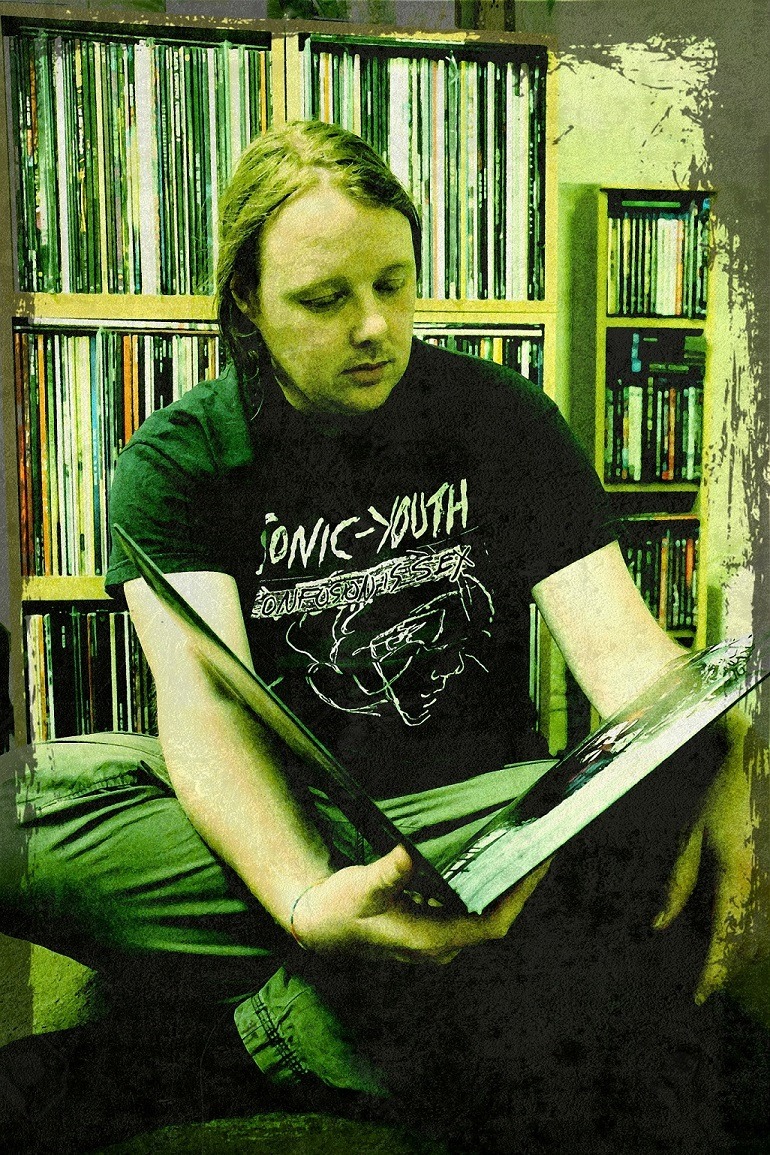
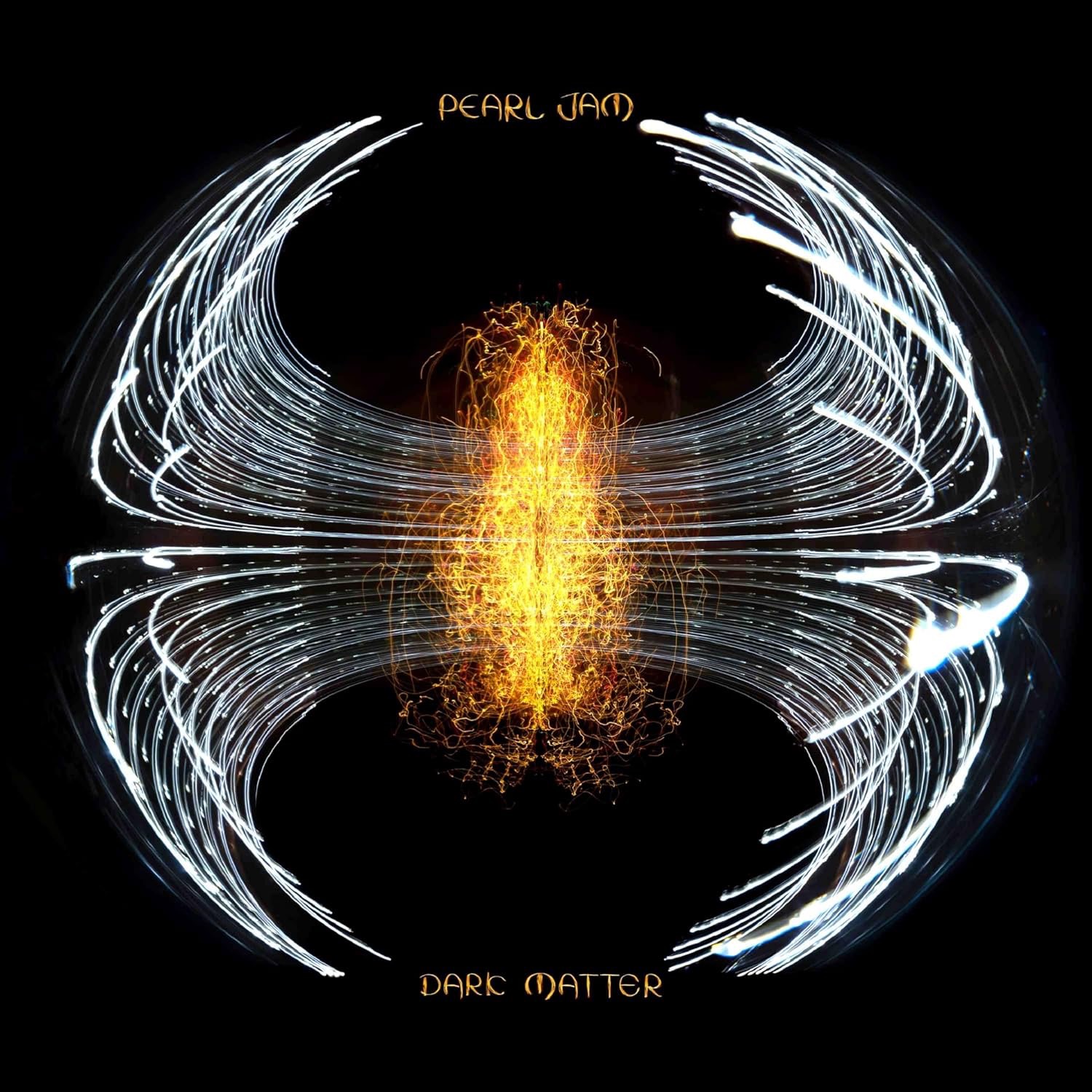
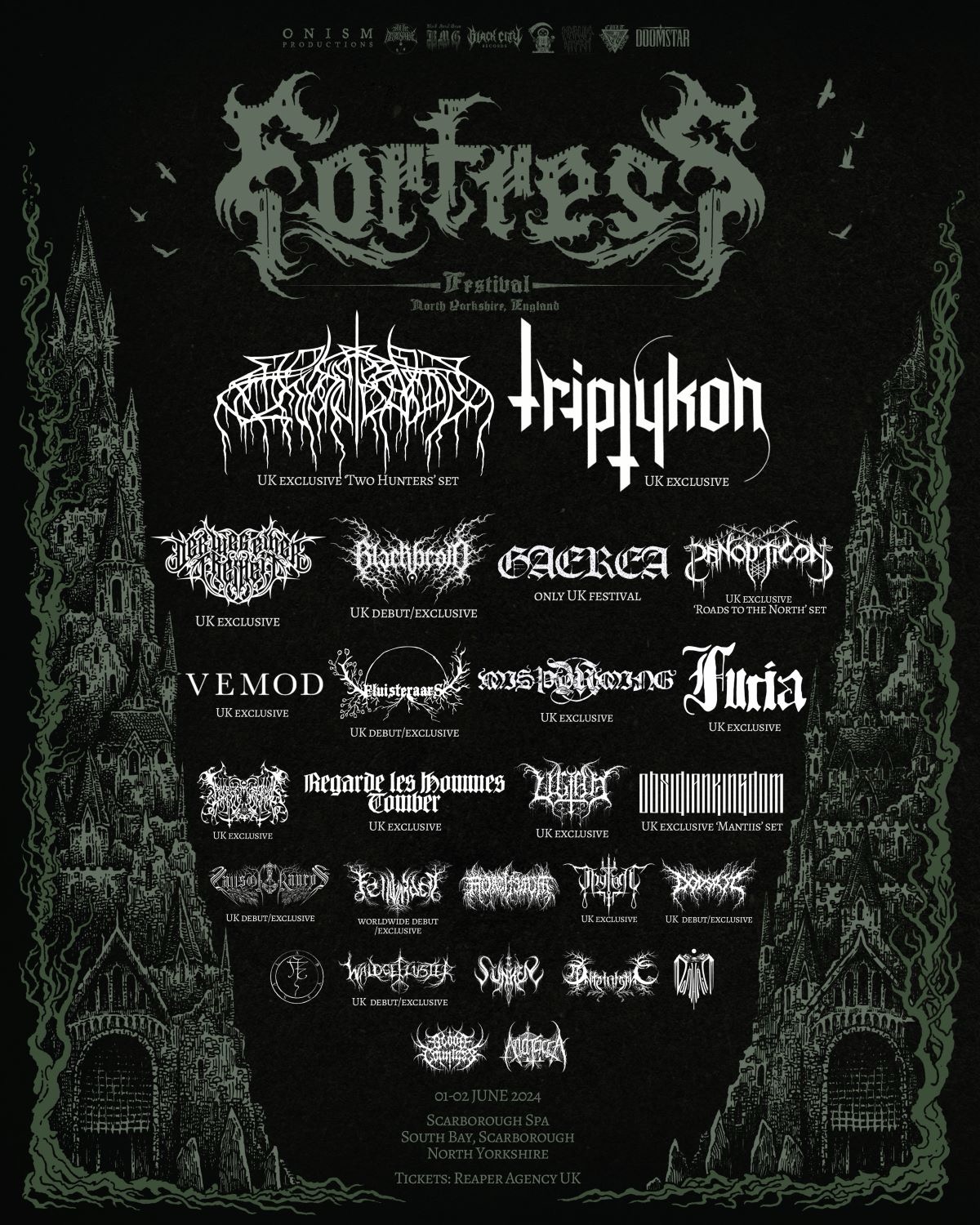
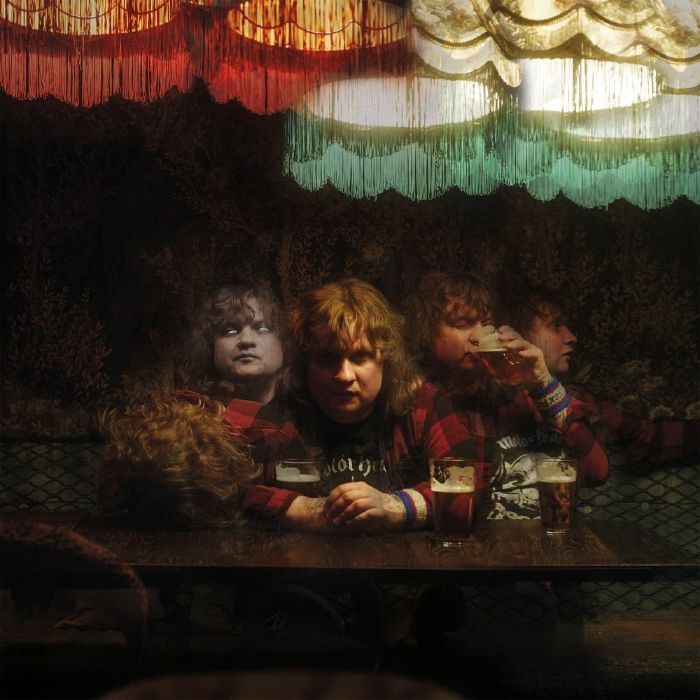
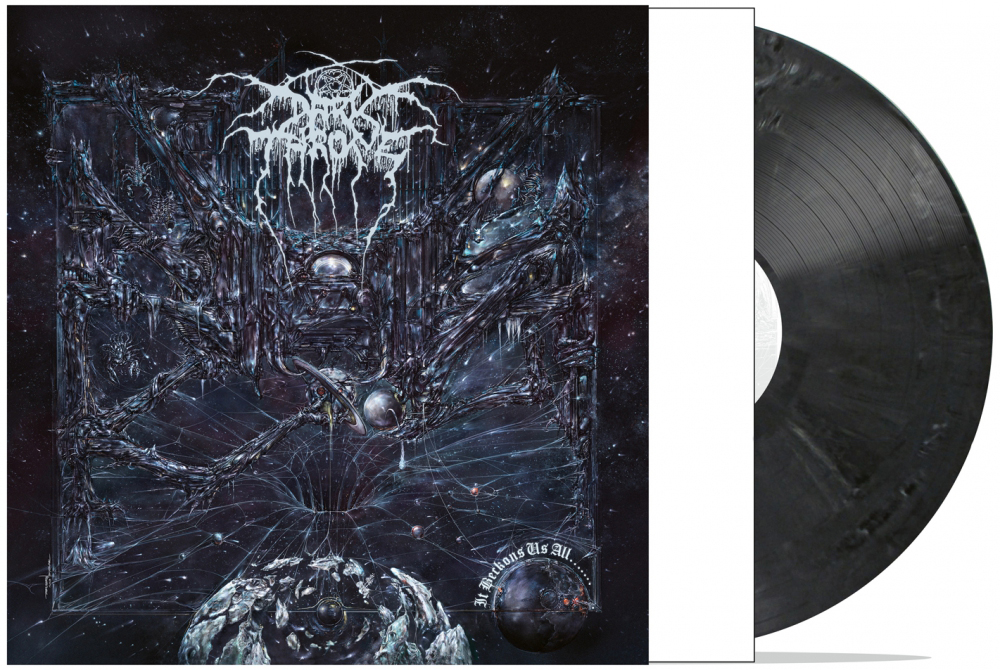
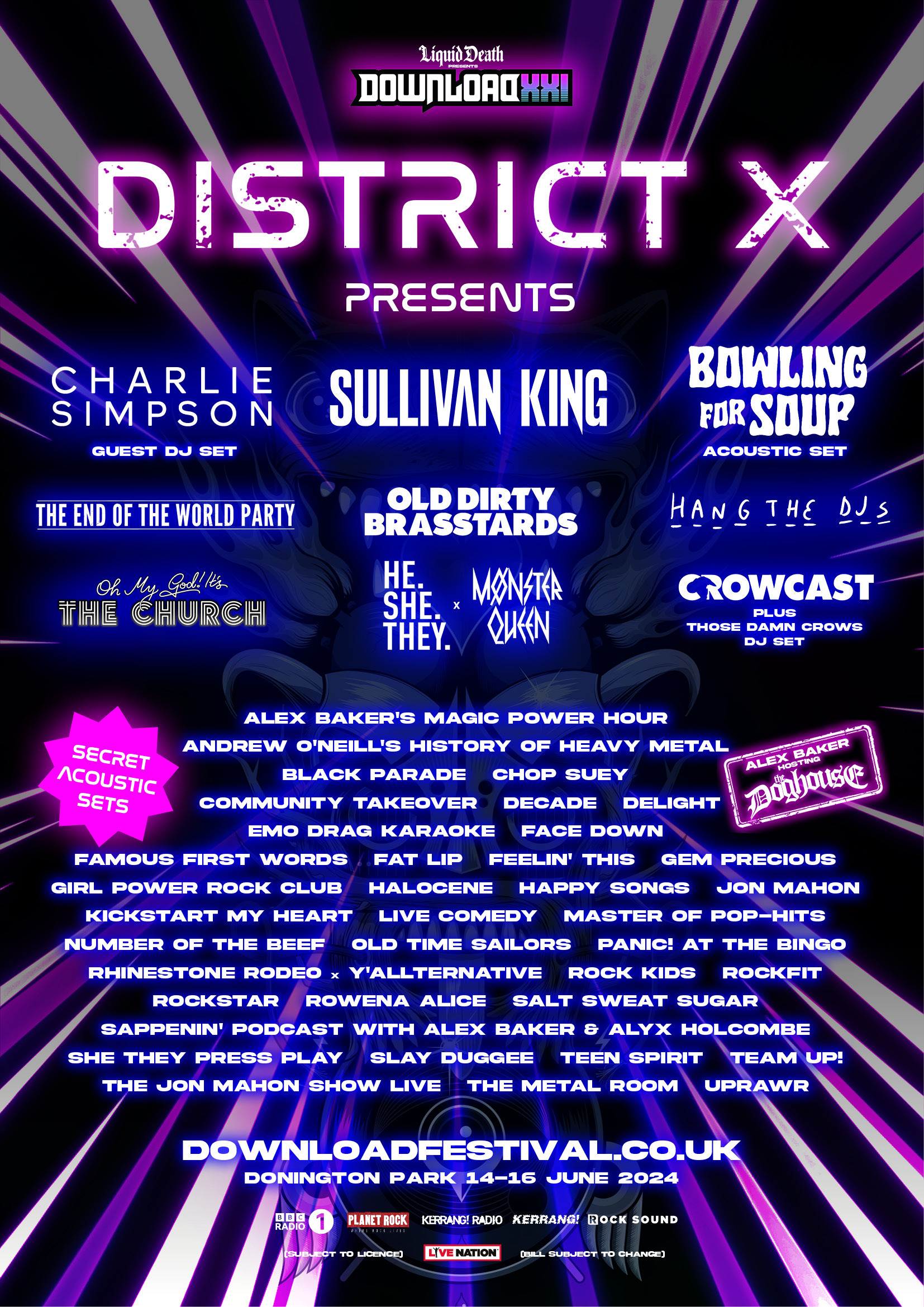

Leave a Reply